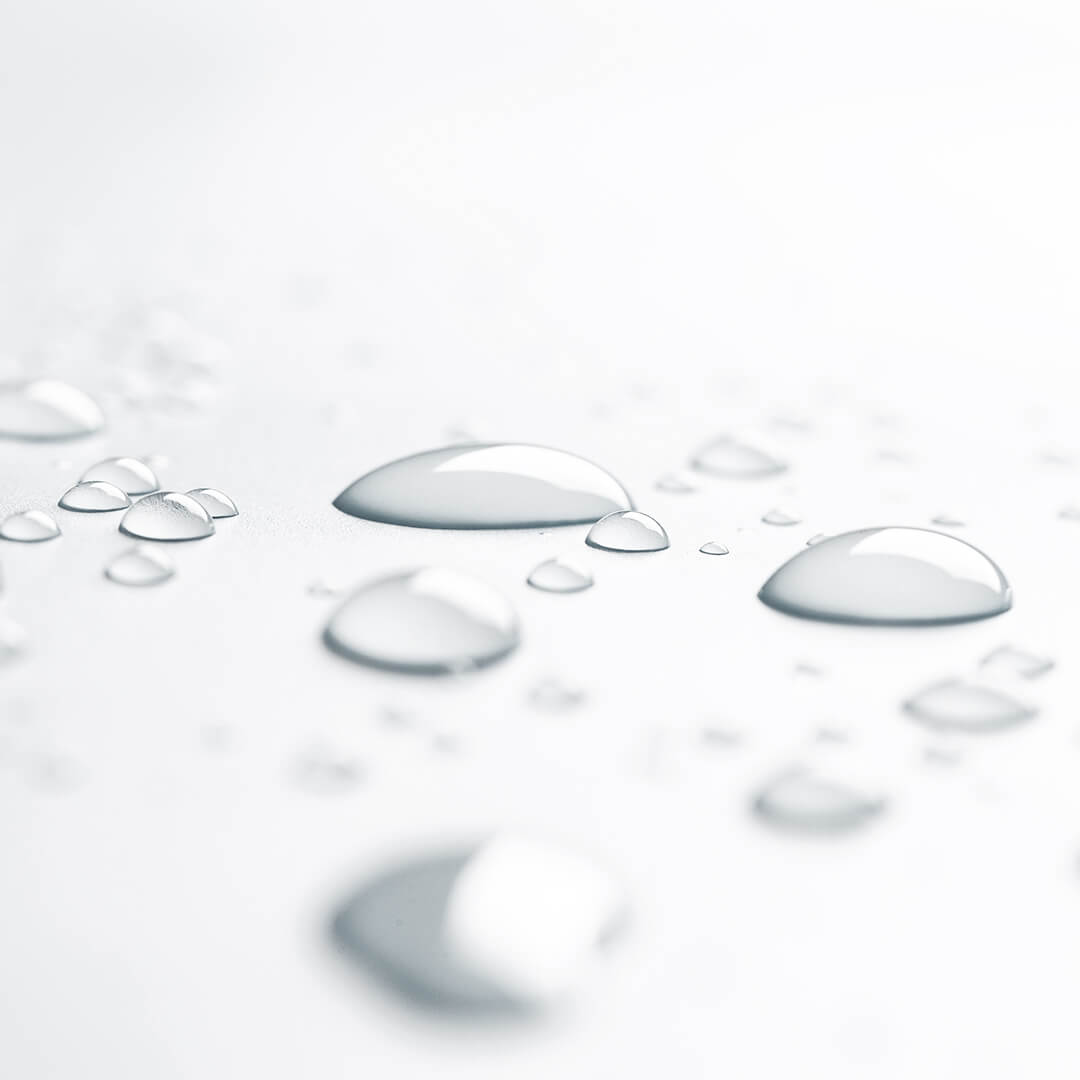CeramicSteel is engineered to provide unparalleled durability and chemical resistance. By combining a thin-gauge steel core with porcelain (vitreous) enamel layers, we deliver a material designed to excel in the harshest environments.
Our CeramicSteel undergoes a fusion process at high temperatures, resulting in
a glass-hard, non-porous surface that withstands various chemicals and solvents. This ensures long-lasting performance and aesthetic appeal.
CeramicSteel meets the stringent requirements of
EN ISO 28722 (2011), 28762 and EEA 5.0.
These international standards ensure our material is suitable for both interior and exterior architectural applications by maintaining its integrity against:
Acid Resistance
CeramicSteel maintains its color and gloss even when exposed to common acids in cleaning agents. This resistance ensures that the surface remains vibrant and intact, even under frequent cleaning conditions, making it perfect for environments that demand high hygiene standards.
Spray Paint Resistance
The non-porous surface is impenetrable to inks, varnishes, lacquers, and paints. This characteristic means unwanted markings can be easily removed with suitable solvents, restoring the surface to its original state without visible damage. This feature is precious in public spaces and areas prone to vandalism.
Alkali Resistance
CeramicSteel is also designed to resist the effects of diluted alkalis, such as ammonia, a common component in many cleaning agents. This resistance ensures the material remains durable and easy to maintain, providing long-lasting performance even in the most demanding conditions.
These features guarantee that CeramicSteel retains its functionality and appearance, making it ideal for various applications.

EN ISO 28762
Paragraph
6.7 / 9.0
EN ISO 28722
Paragraph
5.8 / 7.0
EEA 5.0
Paragraph
17.13 – 14 – 15 – 16 -17
Copyright © 2024 Polyvision. All Rights Reserved